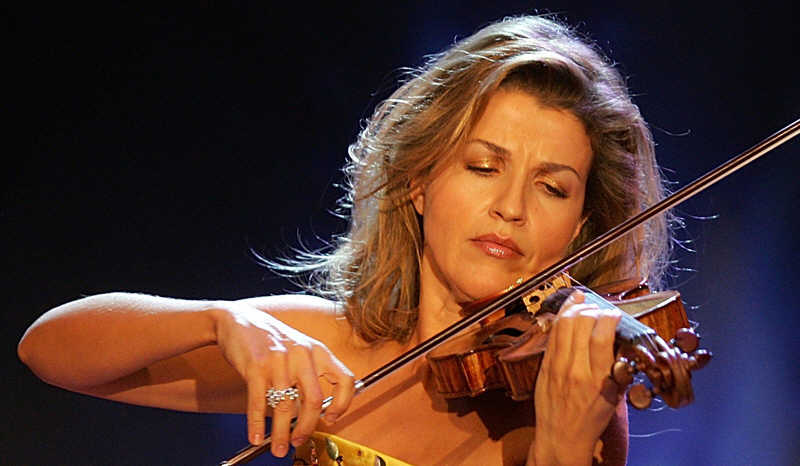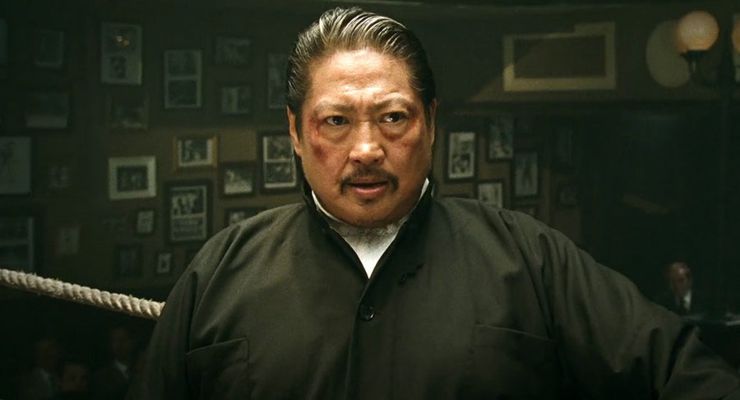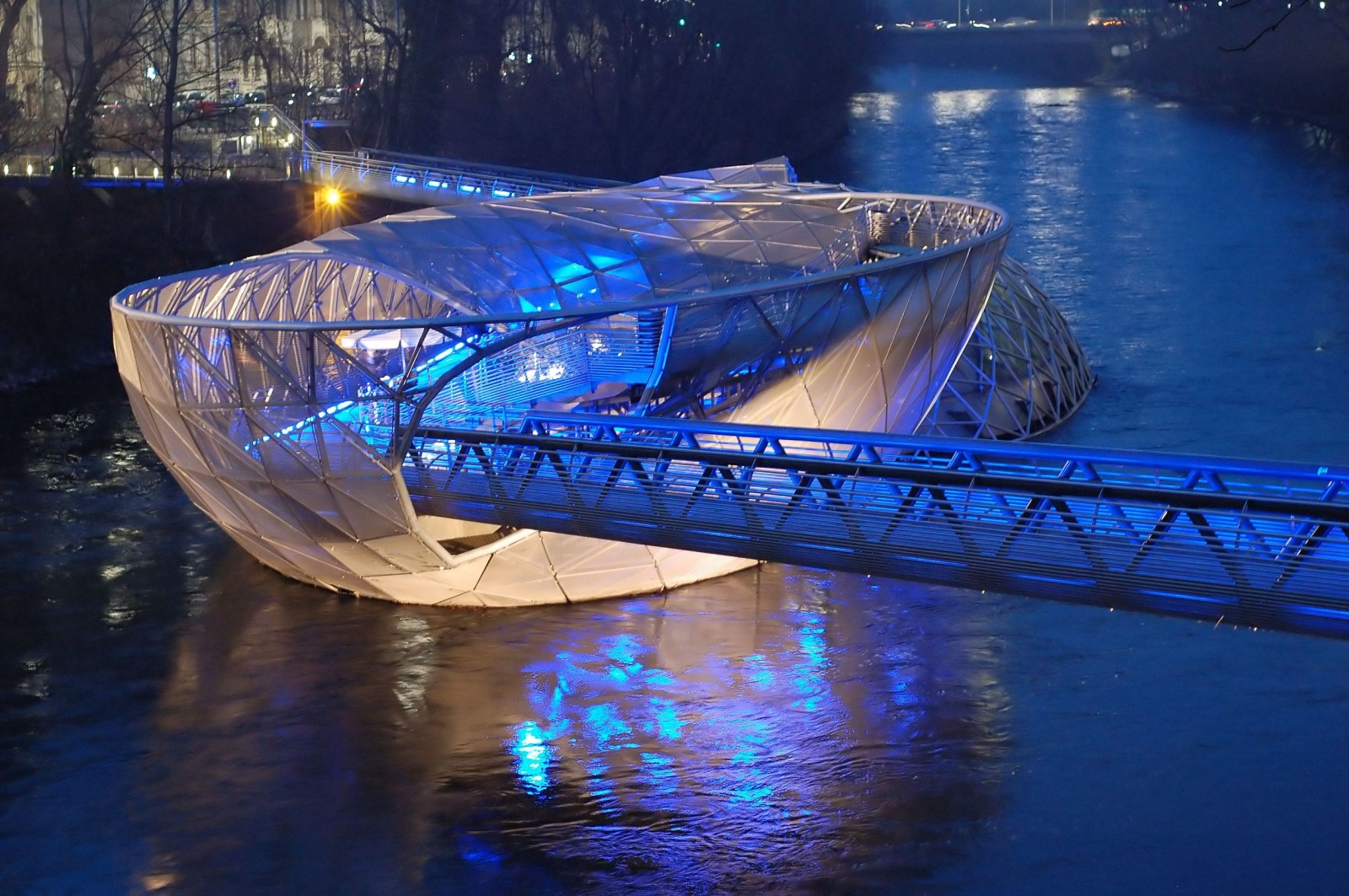Test your knowledge of the history, development, and early predecessors of the piano using this interactive quiz. Use the worksheet to identify The pianoforte, more commonly called the piano, became, by the last quarter of the eighteenth century, a leading instrument of Western art music, for both professionals and amateurs. The modern piano is a highly versatile instrument capable of playing almost anything an orchestra can play. Home All About Pianos History of the Piano. The story of the piano begins in Padua, Italy in 1709, in the shop of a harpsichord maker named Bartolomeo di Francesco Cristofori ( ). Many other stringed and keyboard instruments preceded the piano and led to the development of the instrument as we know it today. The piano is an incredible musical instrument with a very interesting past, and these ten facts about the instrument you spend so much time with may have you thinking about it in a new way! Fact 1: There are 7500 working parts in the body of each piano. This lesson provides a brief history of the creation, development, and key components of one of the most popular musical instruments in the Western world, the piano. History of the piano the harpsichord and clavichord. At the time of Bartolomeo Cristoforis invention of the piano, the most popular keyboard instruments were the harpsichord and the clavichord. Both of these instruments looked like the piano that exists today. The major difference between them and a modern day piano is the way their. A short history of the piano: the origins are in the Greek water organ known as the hydraulis. Water power pushed air through tubes to make the sound. There were seven levers, which correspond to the seven white keys of the piano keyboard. Brand and History Yamaha's history began when its founder, Torakusu Yamaha, repaired a broken reed organ in 1887. Shortly thereafter, he successfully completed the first reed organ to be built in Japan. A Piano History Timeline Featured Article, Features, Instruments, Keyboard, PianoKeys July 29, 2015 July 29, 2015 Making Music 1700Harpsichord maker Bartolomeo Cristoforis invents the piano e forte (soft and loud) in Florence, Italy. History by One Direction on cover is originally aurally arranged performed on piano by Pianistmiri aka Miri Lee. Mix One Direction History Piano Cover by Pianistmiri. A Natural History of the Piano, so layered with anecdote that it reads like a novel or a good biography, explores the story of the piano: its players, composers, and inventors, teachers and students, patrons, critics, and performers. The piano first known as the pianoforte evolved from the harpsichord around 1700 to 1720, by Italian inventor Bartolomeo Cristofori. Harpsichord manufacturers wanted to make an instrument with a better dynamic response than the harpsichord. The History of the Piano The piano has seen many sights and has been a part of countless important events in the past and present, and is said to have dominated music for the past 200 years (Welton). Throughout history, inventions come along that take art away. History of the piano tells us that Bartolomeo Cristofori of Italy is said to have invented the instrument. He had a great knowledge of stringed keyboard instruments. Particularly the harpsichord, since he was a harpsichord maker. Modern Grand Piano This is the piano of today. It includes the best features of most previous keyboard instruments (cross stringing helps to achieve a richer tone). The middle pedal (sostenuto) was introduced to create musical colouring. The history of the piano is a story with roots going back over 2300 years wow. And this proud heritage is carried on worldwide throughout generations and in multiple styles and genres of music imagine. The piano truly is a most magnificent instrument. History Of The Piano The piano was invented by Bartolomeo Cristofori in Florence, Italy. When he built his first piano is not entirely clear, but Franceso Mannucci wrote in his diary that Cristofori was working on an arcicembal che fa il piano e il forte (harpsichord that plays both softly and. Timeline of Piano The Journey to the Modern Piano 500 BC Hammered dulcimer becomes the first widely used stringed musical instrument, and was a first precursor of Piano. Its structure of paired strings was very similar to one of piano. Short History of the Pianoforte. The organ, however, is a wind keyboard, and is almost entirely unrelated to the piano. The first keyboard instrument that used strings, the clavichord, came to be in the late Middle Ages, although nobody knows exactly when it was invented. The clavichord had an action similar to that of the piano, but the. Our new desktop experience was built to be your music destination. Listen to official albums more. I really wish I could tell you that the history of the piano involved the workshop of some brilliant musical instrument inventor, months of trial and error, hundreds of prototypes, sleepless nights, and a final flash of inspiration. The history of the piano traces back more than 3 centuries, and chronicles how the piano, most popular instrument in existence, continues to be the premiere instrument as we enter its fourth century. It is the most complex mechanical device in any home and is capable of fulfilling the players. The pictures and text in the Virtual Piano Museum are copied with permission from Piano, A Photographic History of the World's Most Celebrated Instrument, by David Crombie, published by Backbeat Books. This book is a beautiful volume of pictures and piano history. The social history of the piano is the history of the instrument's role in society. The piano was invented at the end of the 17th century, had become widespread in Western society by the end of the 18th, and is still widely played today. History of Piano By admin on August 20, 2018 August 18, 2018 Leave a Comment This musical instrument was created by Bartolomeo Cristofori and developed in the early 18th century. What do you know about the social history of piano teaching? This new blog series, which originally formed a chapter in Sallys PhD thesis, will trace the development of piano teaching in the UK from its inception, during the Victorian era, to the present day. The Pianola with Grand Piano New York, 1898. Within a few years, the mechanism of these pushups, as they are colloquially known nowadays, was also built in to normal pianos, and these were called Player Pianos from a generic point of view. The journey of the five generations of the Petrof family. Antonn Petrof appointed court piano maker for AustriaHungary. The company is transformed into a limited liability company, and Marie Petrofov is the confidential clerk. Piano serial numbers identify the (1) age of your piano, the (2) piano's year of manufacture, as well as (3) the circumstances surrounding the production of your piano, including factory history, manufacturing processes, and company ownership and oversight. Pianist and author Stuart Isacoff begins his new book, A Natural History of the Piano: The Instrument, the Music, the Musicians from Mozart to Modern Jazz and Everything in Between at a seemingly odd place well in the middle of the story. Upright piano: Upright piano, musical instrument in which the soundboard and plane of the strings run vertically, perpendicular to the keyboard, thus taking up less floor space than the normal grand piano. Upright pianos are made in various heights; the shortest are called spinets or consoles, and these are Piano History. Find out who invented the acoustic piano and when. This article also takes you through the development of the acoustic piano to the modern piano of today. You can also find out what materials are used in the making of upright and grand pianos and. We are one of the largest piano sites devoted to piano history origin, we have a wealth informationan, an active history forum were you can ask about the history, origin and age of your piano. Informationan of the History of the Piano Forte UK Piano Page. A Natural History of the Piano is fastpaced and intriguing, with beautiful illustrations and photos, a mustread for music lovers and pianists of every level. 1927: Koichi Kawai established the Kawai Musical Instrument Research Laboratory. Kawai Piano (Russia) LLC subsidiary company established in Moscow, Russia. Acquisition of ZenOn music publishing as subsidiary company. A Brief History of the Keyboard By SheauPing Hu Associate Professor, Music Department Fu Jen University, Taipei Taiwan In the early 1700s there was a new invention that was to change the course of History 20th Century Piano manufacturing in Europe is experiencing unusual creativity. The quality of tone and the ease of playing reach new levels, which opens new horizons for the development of music and for composers. History of the piano Clavichord and Harpsichord Piano Predecessors. By the time of 17th century, stringed keyboard instruments like clavichord and the harpsichord were well developed and we can say that they were the predecessors of a first piano. The upright piano became very popular until it took the place of the square piano in the history of the piano. The Giraffe Piano (1798) The giraffe piano was invented in Vienna and first appeared around 1798. The piano is the most popular musical instrument in the world. As a concert instrument and the primary musical instrument in private homes, the piano enjoys a long and colorful history as an important source of inspiration and pleasure for both professional and amateur musicians. The harpsichord is an early ancestor of the piano. The resemblance can be seen in its body, which resembles a small, angular grand piano, often with a reverse keyboard. Harpsichords are still built today by specialty instrumentmakers. Piano manufacture is a partial exception to this rule, but even in a piano factory, individual treatment and craftsmanship are allowed full sway. The modern piano is a product of several different factories. Masterful musicians can learn the origins of the piano with this music history worksheet! Have your student take a look at the earliest models of the piano, read a bit about their creators and then answer some comprehension questions. The piano, also called pianoforte, has survived for over three hundred years of history and is one of the most popular instruments in the musical world. Some would argue that piano is indeed the most popular instrument ever made. Piano prices dropped so the instrument could be afforded by nearly any family, and piano and sheet music sales prospered with traveling salesmen and the option of ordering through the mail. In the 1930s, however, the Great Depression arose, and piano sales decreased dramatically. 1700 Bartolomeo Cristofori's new invention of the piano e forte recorded, Florence, Italy 1711 Scipione Maffei publishes a journal article about the piano A piano (also called a pianoforte) is a musical instrument classified as a percussion instrument that is played by pressing keys on a keyboard. Each key is a lever that makes a hammer inside the piano hit a string inside, producing a sound. A Natural History of the Piano: The Instrument, the Music, the Musiciansfrom Mozart to Modern Jazz and Everything in Between [Stuart Isacoff on Amazon. FREE shipping on qualifying offers. A fascinating celebration of the piano, including tales of its masters from Mozart and Beethoven to Oscar Peterson and Jerry Lee Lewis.











